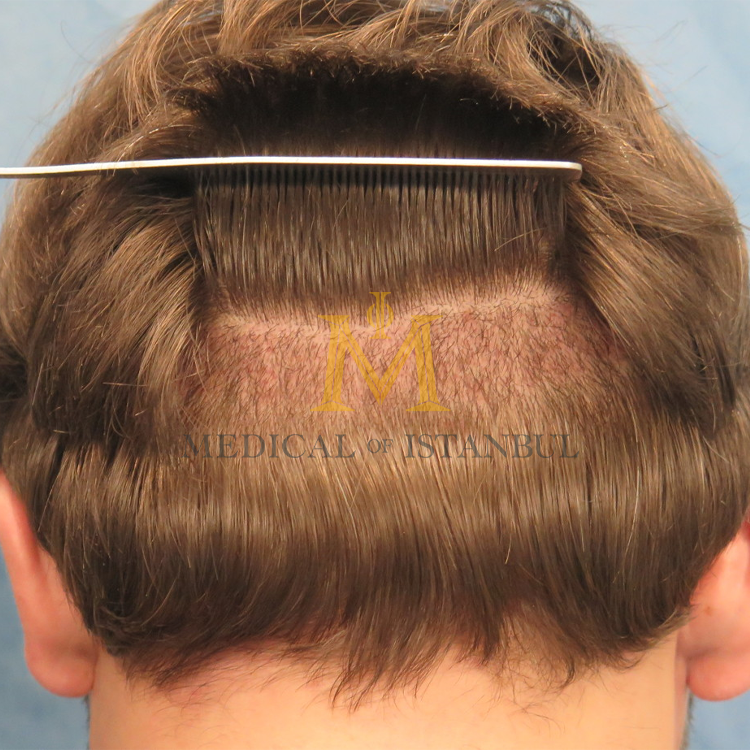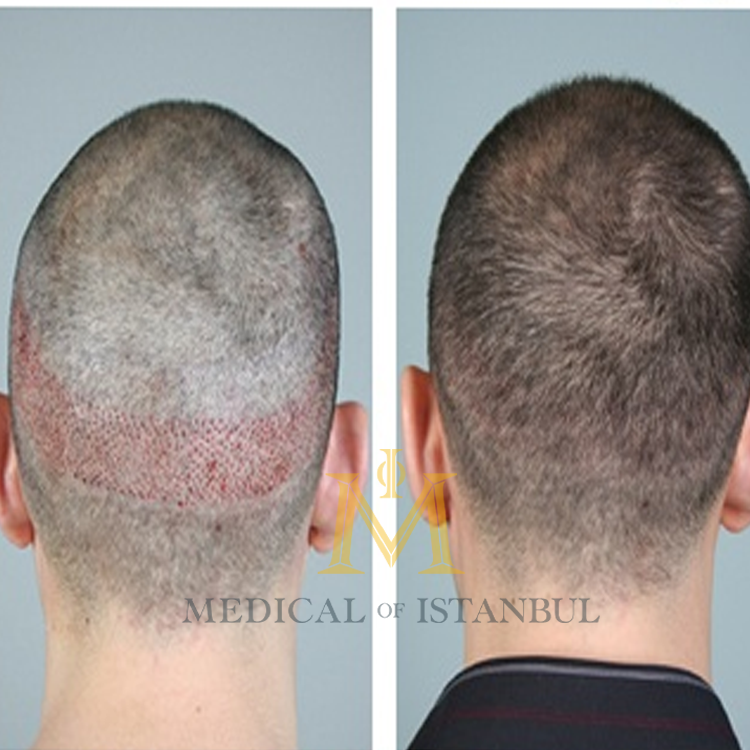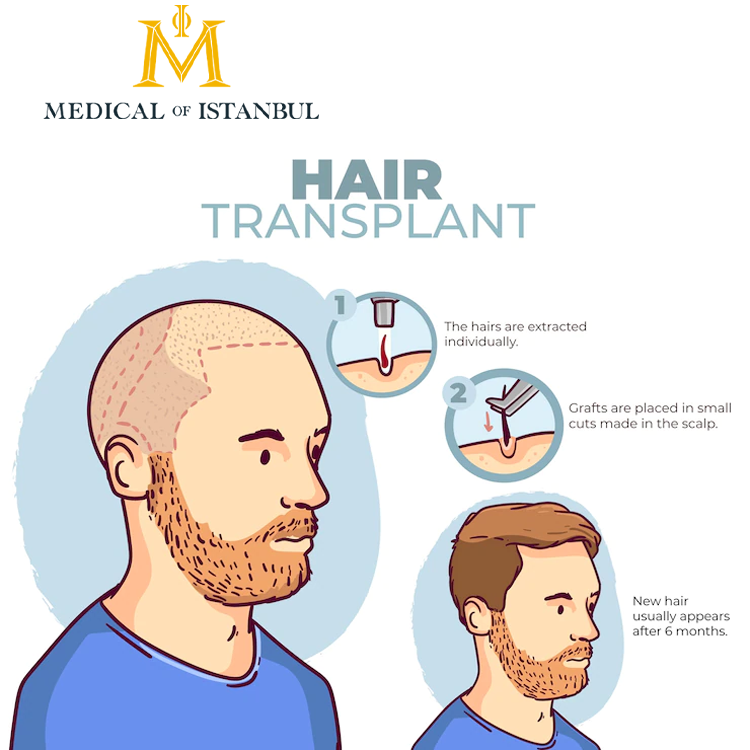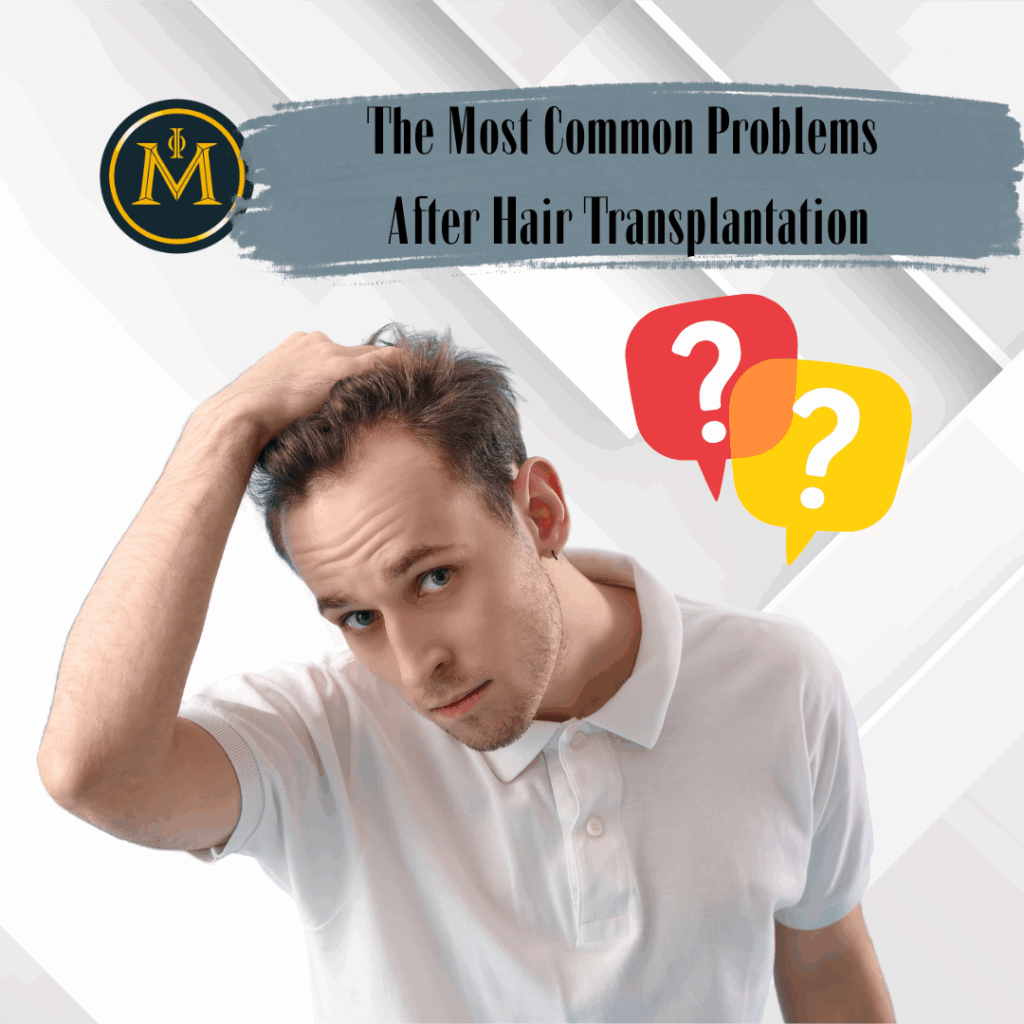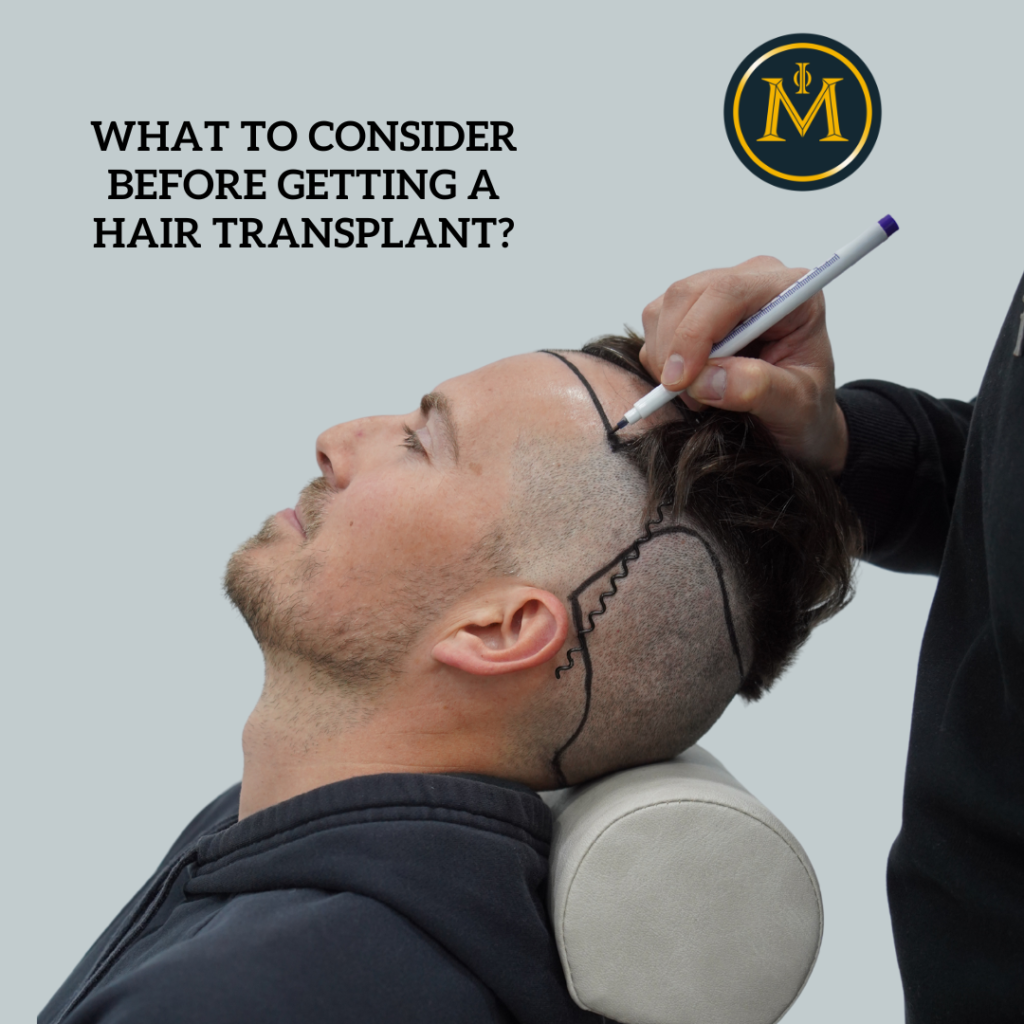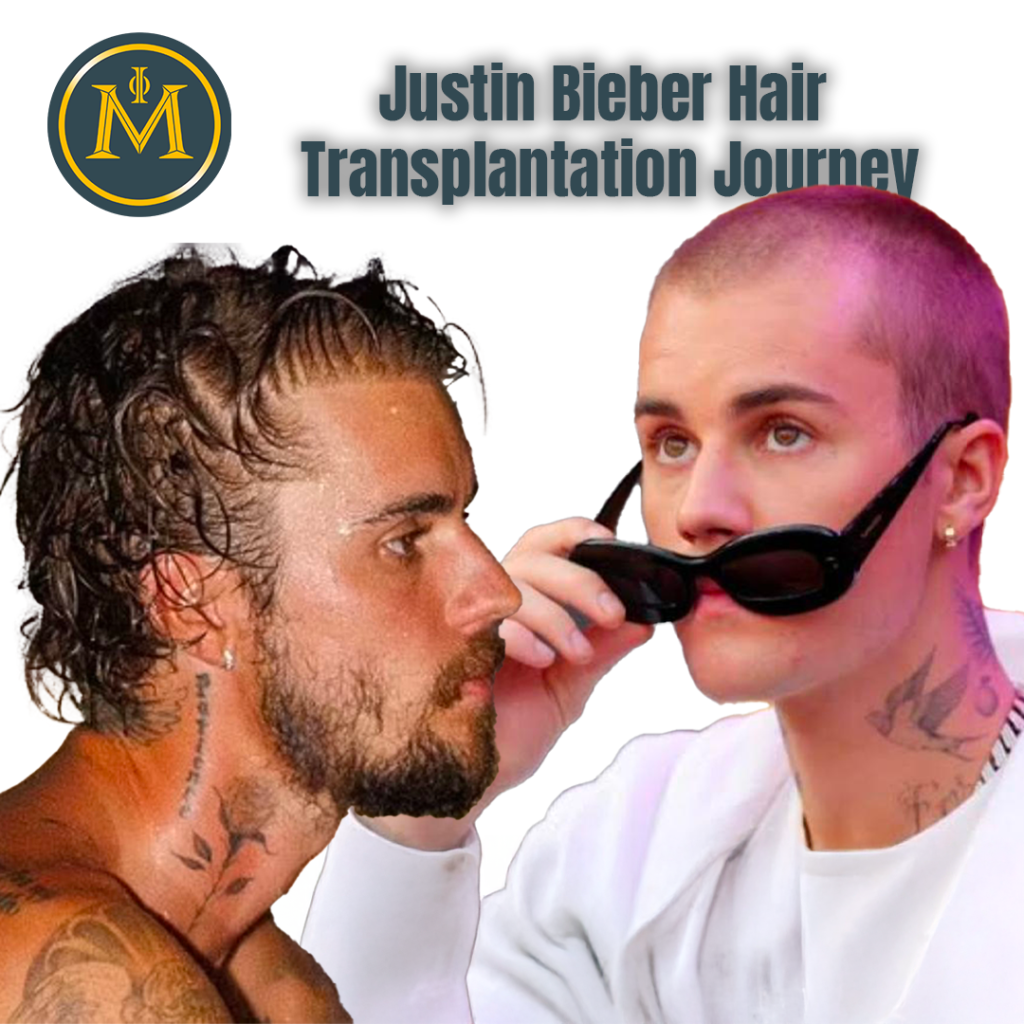Medical of Istanbul
Understanding Donor Areas in Hair Transplants: Where Hair Can Be Harvested
In hair transplantation, donor areas refer to regions on the scalp where hair follicles are extracted for transplanting to balding or thinning areas. Typically, the back and sides of the scalp are primary donor sites due to their resistance to balding. These areas, known as the donor dominant zone, ensure transplanted hair retains its genetic resistance to hair loss. Understanding these donor areas is crucial as they provide the necessary follicles for successful transplantation, contributing to natural-looking results that can last a lifetime with proper care.
